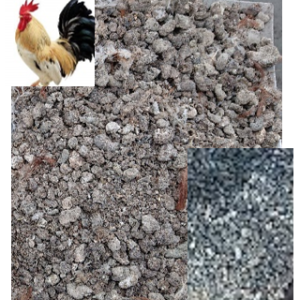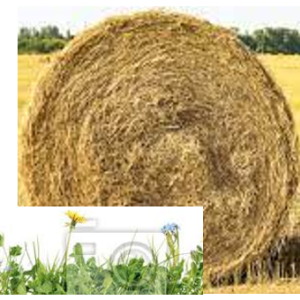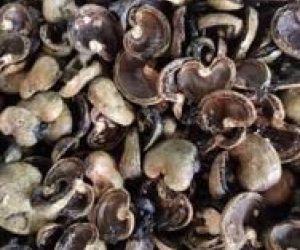Design Philosophy
SR2.0’s knowledge and long year experience circle around the different thermal conversion processes, like combustion, gasification, pyrolysis and hydrothermal carbonization of organic wastes. SR2.0 believes that these technologies can help to replace fossil fuels as an energy carrier or as a feedstock for making high-value chemical products. The production of unwished byproducts or emissions like nitrogen deposition or harmful gases can be prevented by applying sound and efficient abatement technologies or using in-furnace technologies to reduce or even prevent such emissions. This does not alter the fact that both carbonization and gasification produces fewer harmful emissions than incineration does.

Picture of poultry manure, raw and pelleted
Our processes are designed to sustainably convert local organic residues into valuable products. The feed can basically be anything organic, but from a circularity point of view preferably waste organic matter like mowed grass, agricultural residue, foliage, or also poultry litter, organic sludges and in extremis rather moist sludges or animal manure (horse, goat, sheep, pig, cow).

mowed grass as footstalk or in bales
Biomass contains carbon and hydrogen and therefore represents an important sustainable energy source for either the production of energy and heat or to produce valuable carbon products. Other than with wind or solar the production will not depend on the climatological circumstances. On top of that re-using means extending the life of any organic waste material, which until today very seldom has another useful application, showing a further step to circular economy and a way of reducing our waste problems.
Apart from mowed lawns, nature reserves, gardens and sports grounds, the foliage from any crop cultivation or organic litter from cattle can be used as raw material. There are many organic waste products to replace fossil raw materials and can and will be used as a source for your energy needs or as a high quality carbon product. Some of many examples are for instance cashew shells, coconut shells, rice straw and hulls, oil palm residue; all are interesting potential sources of energy or carbon products.

The main rule of our philosophy is therefore that we search first locally for organic waste products to be used, enhancing also the circularity of raw materials and at the same time replacing fossil raw material by organic products. For this, SR2.0 has several thermal conversion technologies available, which it has also largely developed itself or even still is engaged in extending her knowledge and experience, alone or together with third parties, by test work on her demonstration and test plants, as presented under the chapter of Technology, being either pyrolysis (heating in the absence of oxygen with the aim to produce biochar and/or oil), or gasification (at higher temperatures with some dosing of oxygen to keep the process at the desired temperature) and combustion (in the presence of sufficient oxygen to guarantee full conversion into flue gas and ash), or also our special solution for carbonizing wet sludges: Hydro Thermal Carbonization (HTC).
The last technology will be quoted in cooperation with the supplier and developer of the technology GRegio/Andreas Mehli (Chur - Switzerland), who has a great record and reputation in the field of sustainable product developments, including HTC and offers us the chance of running tests before you start investing. In close cooperation with the institute of Hohenheim in Germany the technology has been extensively tested in Chur.